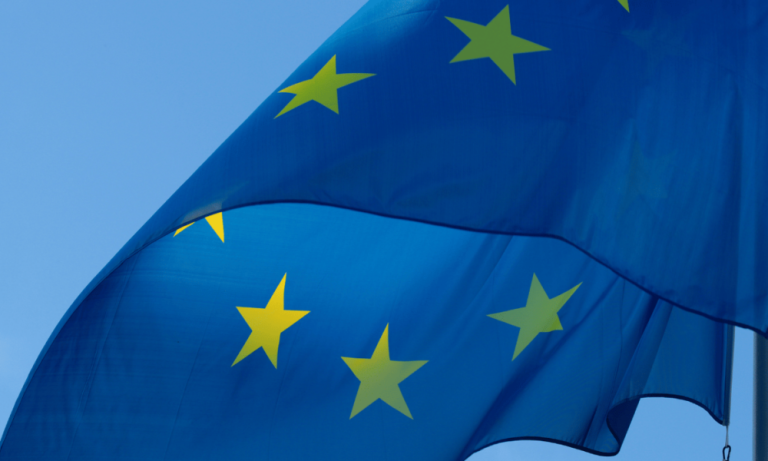Cannabis is the most commonly used drug in Europe, according to the latest European Drug Report, but existing policies may be leaving consumers at risk.
At the end of the last week the European Monitoring Centre for Drugs and Drug Addiction (EMCDDA) published its annual European Drug Report giving an overview of the key trends in drug use across the EU.
According to the findings, cannabis remains the most commonly used illicit drug in Europe, with around 8% (22.6 million) of European adults (aged 15–64 years) estimated to have consumed it in the last year. Around 1.3% of adults in the EU (3.7 million people) are estimated to be daily or almost daily users.
Seizures of cannabis have also reached their highest level in a decade, with herbal cannabis making up a significant proportion of all drug seizures in the EU.
In 2021, 816 tonnes of cannabis resin were seized, along with 256 tonnes of herbal cannabis, suggesting that cannabis is widely available across the continent.
Meanwhile, approximately 566,000 cannabis use or possession offences were reported in the EU in 2021 (an increase of 10,000 on figures from 2020), alongside 100,000 supply offences.
Spain accounts for 66% of the number of cannabis seizures in the EU and just under three quarters (74%) of all EU seizures of cannabis plants reported by weight.
The scale of cannabis consumption in Europe
The report also breaks down the prevalence of cannabis consumption and patterns of use across Europe.
The countries where the prevalence of cannabis use was highest are: Czechia (11.1%), Spain (10.6%), France (10.6%), the Netherlands (10.4%), Croatia (10.2%) and Italy (10.2%), followed by Germany (8.8%) and Finland (8.2%).
Looking specifically at cannabis use among younger adults, last year 15.3 million people aged 15-34 were estimated to have used cannabis, with males being typically twice as likely to report use as females.
Of those aged 15-24, 8.6million (18.2%) were estimated to have used cannabis in the last year, with 4.5million (9.6%) consuming it in the last month.
Examining the prevalence of use among the younger age group (those aged15-34), Czechia was also the country where prevalence of use was highest (22.9%), followed by Italy (20.9%), Croatia (20.3%), France (19.2%), the Netherlands (19.2%) and Spain (19.1%).
Cannabis and its impact on public health
Cannabis is reported to be responsible for almost a third of all drug treatment admissions in Europe, with an estimated 97,000 people entering some form of drug treatment for problems related to cannabis use in 2021. Of these, 83% were male and just 17% female, with just over half reporting daily cannabis use.
However, the report says there is a need to better ‘understand the kinds of problems experienced by cannabis users, as well as the referral pathways and treatment options available for those with cannabis-related problems’.
It also highlights the challenges posed by ‘new cannabis products’ – which may contain synthetic cannabinoids and high levels of THC – as well as hexahydrocannabinol (HHC). The ‘legal high’ HHC, is the first semi-synthetic cannabinoid reported in the EU and has now been identified in two thirds of member states.
New policies and moves towards reform
These findings come as five EU Member States (Czech Republic, Germany, Luxembourg, Malta and the Netherlands) plus Switzerland are introducing, or planning to introduce, new approaches to regulate the supply of cannabis for recreational use.
The changes ‘highlight the need to invest in monitoring and evaluation to fully understand their impact on public health and safety’, the EMCDDA says in a press release to mark the launch of the report.
Malta made history in 2021 as the first EU country to legalise recreational cannabis for adult use. Under the law, adults are allowed to carry up to 7g of cannabis and grow four plants for personal use.
Speaking to local media last week, Karen Mamo, Policy, Research and Harm Reduction manager and member of the authority for the Responsible Use of Cannabis (ARUC), said changes to the law to permit the ‘responsible use of cannabis’ within limits have not normalised cannabis use, or encouraged people to start consuming the drug.
Like Malta, more and more European countries are looking to move away from criminalisation in favour of a public health approach to drug policy. Increasingly, evidence shows that punitive policies are ineffective in preventing drug use and actually exacerbate the risk of harm.
Then there’s the economic benefits that a regulated cannabis market could bring. With 22.6 million consumers, a report published last year by industry analysts at Prohibition Partners, estimated that the European cannabis market could be worth up to €11.6bn.
Stephen Murphy, co-founder and CEO of Prohibition Partners, warned that the illicit market is ‘taking advantage’ of the high demand for cannabis in Europe and may be leaving consumers at greater risk.
“The EMCDDA have consistently delivered solid research on drug consumption especially cannabis, however the lack of integration with other EU government agencies has seen much of this data resulting in little to no action,” he told Cannabis Health.
“The increase in prosecutions also comes with a significant change in policing across Europe which has taken a more liberal approach to cannabis, preferring to reserve resources for serious crimes and policing issues.
“[The report] clearly demonstrates that the increasing demand for cannabis among Europeans is being taken advantage of by the illicit market increasing the risks facing consumers.”
He added: “What is positive in one sense is the rise in users seeking treatment for drug misuse, although there is obviously a need for further research on this. However, existing drug policies have allowed for toxic supply chains which exacerbate the need for treatment.”
Read more on the European Drug Report here
